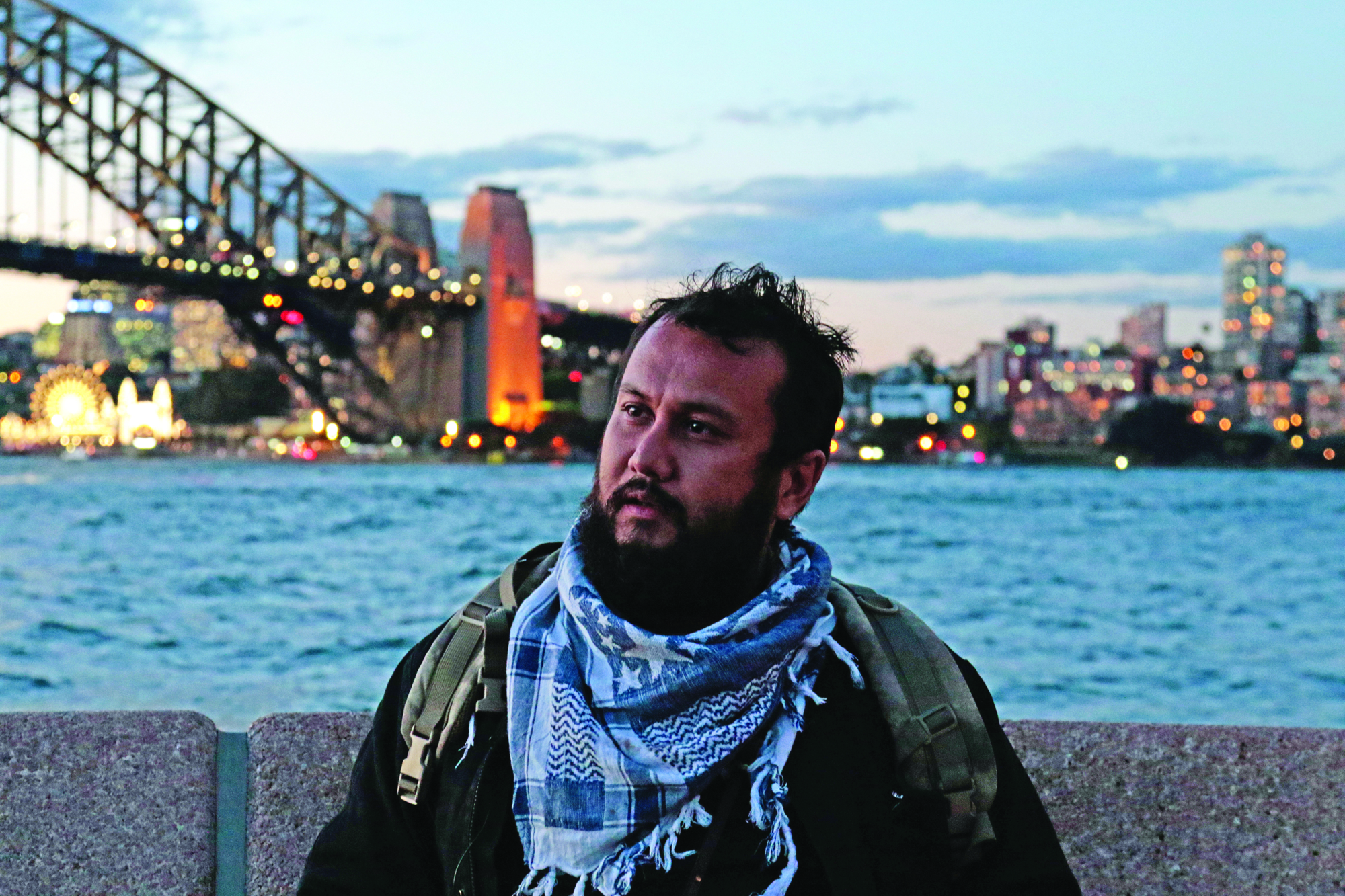‘If you were to say that you could reduce the amount of people suffering from cancer by just talking about it, what do you think would happen? Everyone would be talking about it, like, no matter what,’ says Grant, a Sydney-based surfer and mental-health advocate living with bipolar disorder. ‘But, for some reason, mental health – even though you could reduce the suicide rate by starting conversations – still, there’s hardly any people talking about it.’
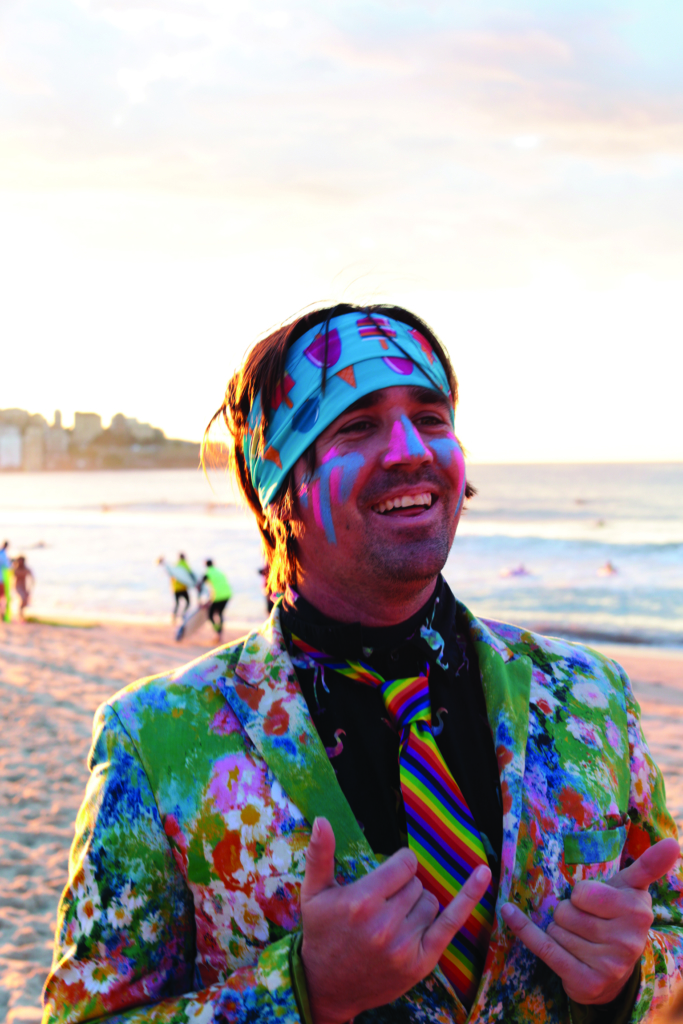
Grant is one of the five men whose stories filmmaker Genevieve Bailey focuses on in her documentary Happy Sad Man (2018), the follow-up to her critically acclaimed debut I Am Eleven (2011). Like Grant, each of the other four men has had profound experiences with mental illness, and each has had to do so within the framework of a masculinity that seemingly doesn’t allow men to be mentally ill. Bailey gently prompts her subjects to reflect on their experiences, noting in voiceover (a device used sparingly throughout the film), ‘There’s this notion that men don’t want to talk about their feelings […] but, in my experience, recently, I’ve found the opposite to be true.’
Along with Grant, the film follows Jake, a war photographer who has post-traumatic stress disorder (PTSD); Ivan, an outreach worker for mental health working in farming communities; David, a performance artist living with anxiety; and John, a close friend of Bailey’s, who is around seventy years old and also has bipolar. It is John’s story that bookends the film, and it’s he who was, Bailey states, the inspiration for making the film in the first place. In voiceover at Happy Sad Man’s beginning, she says she had wanted to understand how the men in her life, like John, navigated intense experiences of both happiness and sadness.
Several narratives about masculinity and mental health run throughout the film. The clearest is one we see play out most prominently in the stories of Grant and Ivan: masculinity and shame prevent men from talking about their emotional and psychological wellbeing, and it is killing them.
Happy Sad Man is deeply intimate – Bailey is allowed into her subjects’ lives at moments of sometimes significant distress – and beautifully shot, often in extreme close-up. The faces of the five men are examined in the same manner that Bailey’s camera probes the mundane detail of their environments, revealing their vulnerability in ways that feel warm and kind rather than exposing. She clearly has a great deal of affection for her subjects, whom she filmed periodically over the course of several years.
On one level, Happy Sad Man is a gentle, low-key film about five very different men, in very different circumstances, grappling with mental illness and masculinity. However, beyond the general thesis statement that men need to be allowed to experience vulnerability, to be unwell, it isn’t always clear what the film is seeking to add to discussions about men’s mental health.
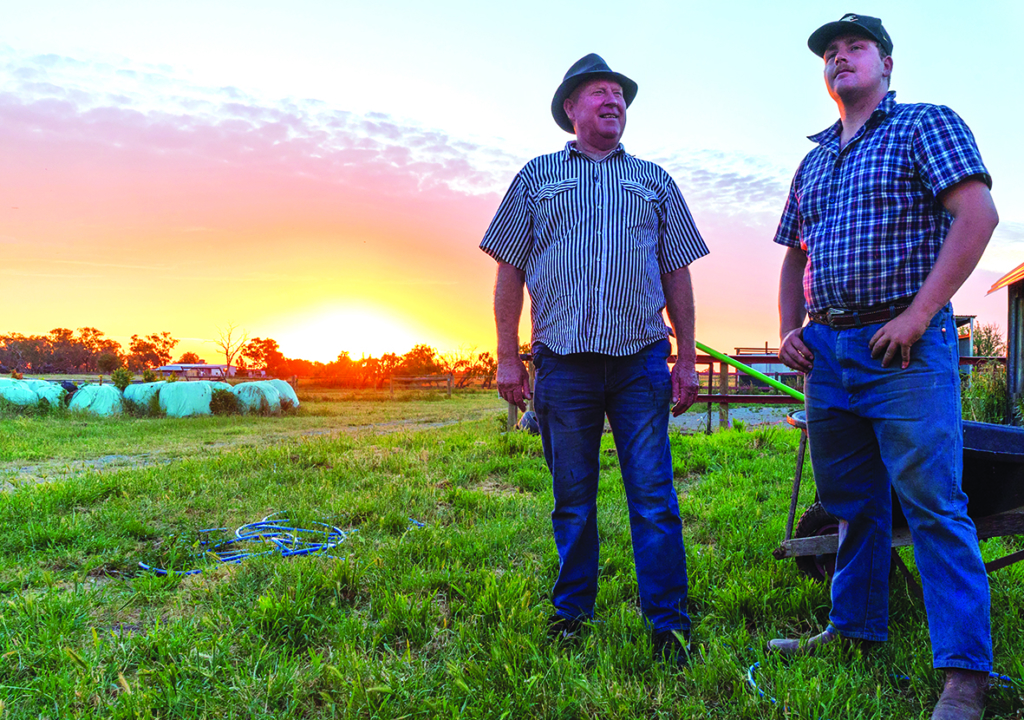
Several narratives about masculinity and mental health run throughout the film. The clearest is one we see play out most prominently in the stories of Grant and Ivan: masculinity and shame prevent men from talking about their emotional and psychological wellbeing, and it is killing them. While Grant’s response to his experience of bipolar has been to establish an initiative to encourage these conversations – OneWave’s Fluro Friday[1]See ‘One Wave Fluro Fridays’, <https://www.onewaveisallittakes.com/fluro-friday-2>, accessed 7 February 2020. – Ivan’s outreach work in farming communities is presented as a safety net in much more direct ways. We see the latter travel around, casually chatting to people about how they’re going and referring them to services where necessary. At one point, he admits that the men – and even the women – in these communities have said they find it easier to talk to him about mental health because he’s a big guy, and older; in other words, his presentation of masculinity helps people to trust him.
If the idea that men need to talk about mental health more sounds familiar, it’s probably because it has been the dominant narrative in public-health campaigns in Australia for over a decade. This narrative’s production is the output of a cluster of connected ideas about mental illness, evidenced or otherwise, that have informed the development of Australia’s public-health response to the issue. As I argued in 2015, destigmatising ‘help-seeking behaviour’ (that is, encouraging a person to consider that they might have a mental illness and therefore seek help) represents low-hanging fruit for expensive, large-scale public-health campaigns.[2]Benjamin Riley, ‘We’ve Made So Much Progress Talking About Depression. Why Isn’t the Same True for Anxiety?’, Junkee, 16 December 2015, <https://junkee.com/weve-made-so-much-progress-talking-about-depression-why-isnt-the-same-true-for-anxiety/71012>, accessed 7 February 2020. Early intervention on a mass scale is easier than the difficult work of treating – and funding treatment for – complex and chronic mental illness.[3]ibid.; see also Helen Razer, ‘Not So Nice: Razer on ABC’s Guileless Mental Health Week’, Daily Review, 5 October 2015, <https://dailyreview.com.au/not-so-nice-razer-on-abcs-guiless-mental-health-week/31063/>, accessed 7 February 2020. Further to that, the architects of such early public-health campaigns in Australia considered depression a more straightforward target than, for example, anxiety; it was thought that the general public would more immediately recognise depression as ‘mental illness’.[4]Riley, ibid.
In the conscious retelling of our own experiences of mental illness, we can only ever get at abstraction, because those stories are filtered through our existing distorted frames of reference.
Depression has also been regarded as closely linked to suicide. In public-health discourse, ‘suicidality’ is increasingly a key metric for assessing the ‘success’ of mental-health interventions.[5]ibid. In public discourse more generally, an inability to prevent suicide is seen – as I suggested elsewhere more recently – as society’s ultimate moral failing.[6]Benjamin Riley, ‘Suicide Is More than Just a Tragedy’, Overland, 10 July 2019, <https://overland.org.au/2019/07/suicide-is-more-than-just-a-tragedy/>, accessed 7 February 2020. Because depression is also noticeably linked to lost economic productivity (via ‘cost of illness’ reports[7]See Stephen Lunn, ‘Mental Illness Costs $180bn, Study Reveals’, The Australian, 31 October 2019, <https://www.theaustralian.com.au/nation/politics/mental-illness-costs-180bn-study-reveals/news-story/9abb60573f3ff3c6db1dcd42df703020>, accessed 7 February 2020.), campaigns to address it are more attractive to potential funders by promising, effectively, a ‘return on investment’.
Finally, the focus on men comes out of evidence that suggests that suicide affects men disproportionately; according to Beyond Blue, ‘In 2018, the rate of suicide in males was three times higher than females.’[8]‘Men’, in ‘Statistics’, Beyond Blue website, <https://www.beyondblue.org.au/media/statistics>, accessed 7 February 2020. Help-seeking behaviour also tends to be highly gendered. The 2007 National Survey of Mental Health and Wellbeing indicated that, in the previous year, only 27.5 per cent of men who had experienced recent symptoms of mental illness had accessed a mental-health service of some kind, compared to 40.7 per cent of women. Despite men’s higher suicide rates, men are significantly less likely to experience anxiety or depression across their lifetime, or to have experienced them recently.[9]Australian Bureau of Statistics, ‘National Survey of Mental Health and Wellbeing: Summary of Results, 2007’, 23 October 2008, <https://www.abs.gov.au/AUSSTATS/[email protected]/Lookup/4326.0Main+Features32007>, accessed 7 February 2020.
All of this boils down to the seemingly fundamental message that, if we give men the tools to talk about their mental health, we can stop them killing themselves. While this is perhaps a comfortingly simple narrative, it is also a limited and limiting one.
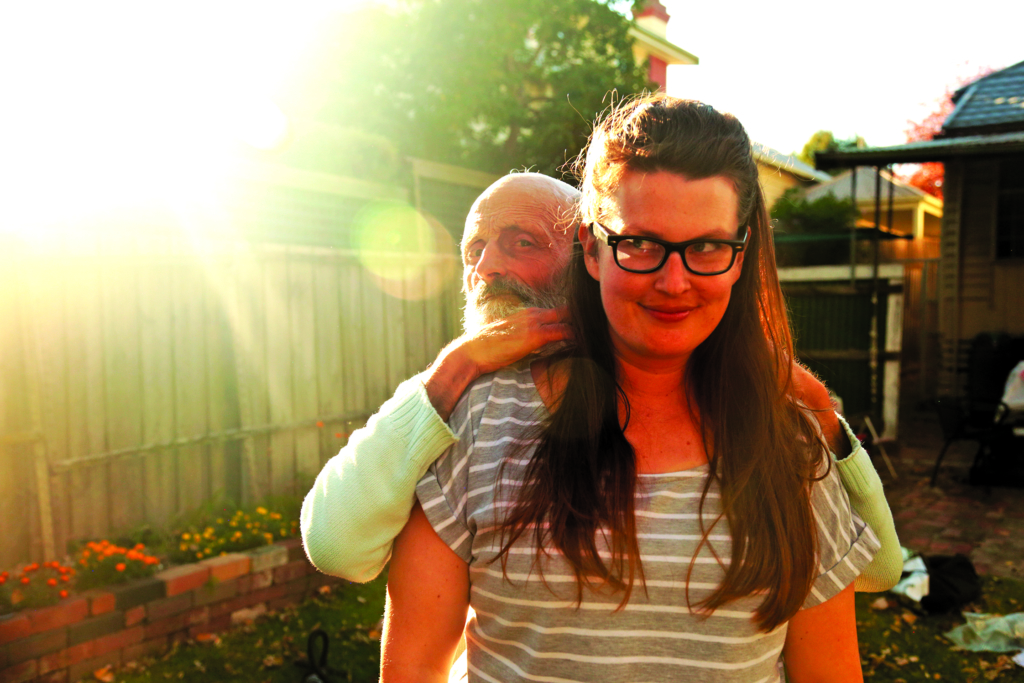
Suicide itself is invoked in several of the stories in Happy Sad Man. Both Grant and Ivan discuss it explicitly in relation to their prevention work, but, in the film’s powerful final sequence, it is John’s story that the spectre of suicide comes to haunt – an unmentioned threat.
In voiceover, Bailey recounts how, during the editing stages of Happy Sad Man, John contacted her to tell her he was doing very badly. In an intensely revealing series of scenes – during which Bailey is careful to note that she obtained John’s ongoing consent to film – the two stay together for several days, until John decides he needs to be admitted to a psychiatric ward. While discomforting, actually watching John at his lowest wrenches the film out of the (necessary) abstractions born from these men telling their stories in a familiar, confessional mode. In the conscious retelling of our own experiences of mental illness, we can only ever get at abstraction, because those stories are filtered through our existing distorted frames of reference. In these scenes, we see the thing.
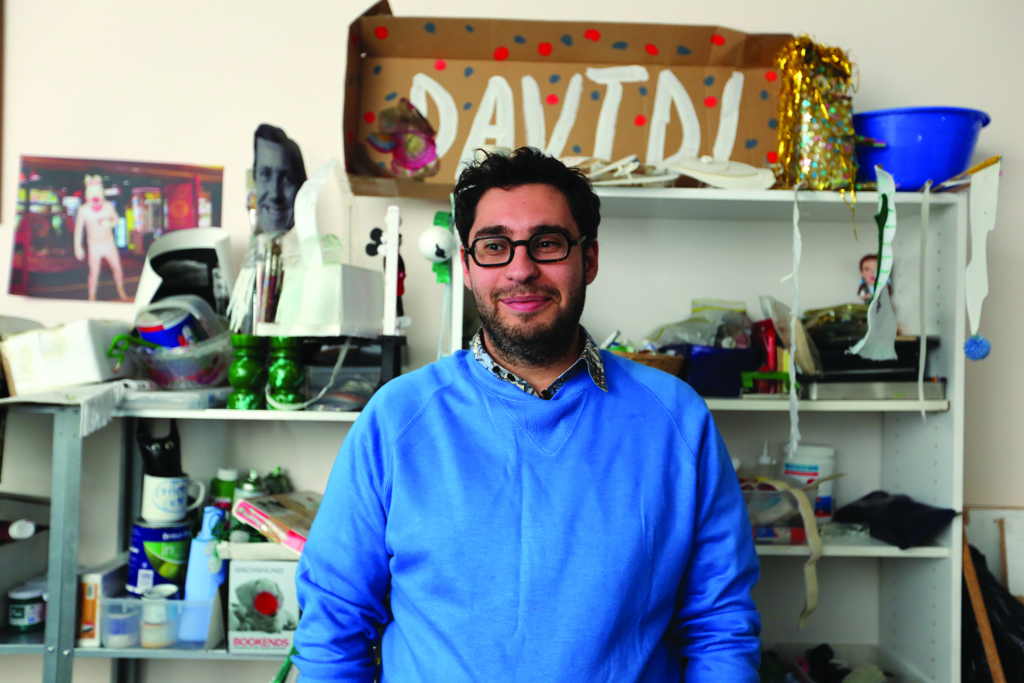
While infrequent throughout the film, this messiness, the uncertainty present in moments of true vulnerability, is where Happy Sad Man becomes truly interesting. Even before his hospitalisation, John’s story in particular is complex and challenging. He is a warm, joyful man, but indicates at points that he is estranged from some of his family members, including his children: ‘I wasn’t the world’s greatest husband, or father.’ We meet two of John’s sons in the film: Vincent and Roland, the two he is still in contact with.
In one of Happy Sad Man’s most powerful moments, Vincent talks about times when he finds his father’s mental illness difficult to deal with: ‘It’s so hard, as a family member, when you’re dealing with somebody who is morbidly depressed, because you just want to grab them and shake them and say, “It’s too much now, too far, too many, too long.”’ In this recitation of ‘too’, ‘too’, ‘too’, ‘too’, we are presented with a rupture at the limits of the ‘men need to talk about mental health’ narrative, whereby that talking, that being, is too much.
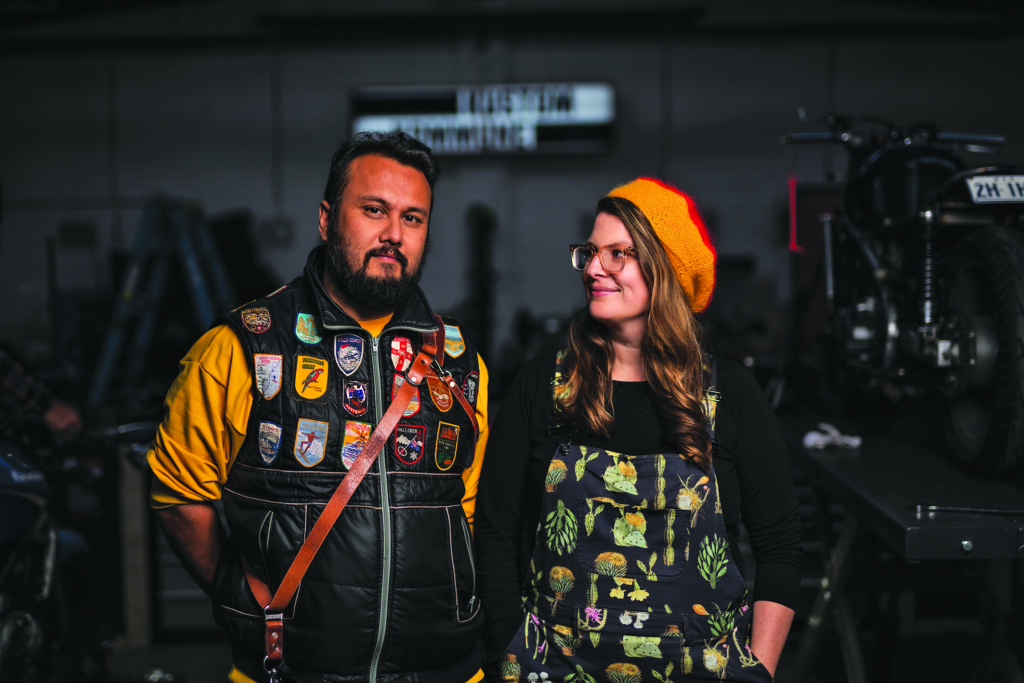
The other really compelling story in the film belongs to Jake, the war photographer. While explicit discussion of mental illness is foregrounded in some of Happy Sad Man’s threads, it is some time before Jake’s experience is given a name. We see him travel between his home and family in Australia and his work filming in conflict zones (primarily Syria). Despite very close, loving family relationships, Jake describes finding it difficult to come home, saying, ‘You get used to living in war zones.’ Eventually, we learn that Jake is being treated for PTSD. During one trip away, his grandmother – with whom he lives and who has been a key figure in Happy Sad Man – falls ill and dies; Jake is unable to get home in time to visit her. Then, while he is grieving in Australia, the conflict in Syria intensifies and he learns he will likely never be able to return to his friends in Aleppo, most of whom have either been displaced or killed.
Jake’s story is powerful not only due to its intensity, but because we observe him struggling towards a narrative that can help him understand his own experiences. Near the end of the film, he reflects: ‘I guess I’ve seen the limits of how far I’ve pushed myself, emotionally, mentally – and the thing is, I went searching for it. I went searching for those feelings and those experiences and it’s tough, you know. I’m tired of people, tired of doing the work I wanted to do, and maybe I need to do something different.’
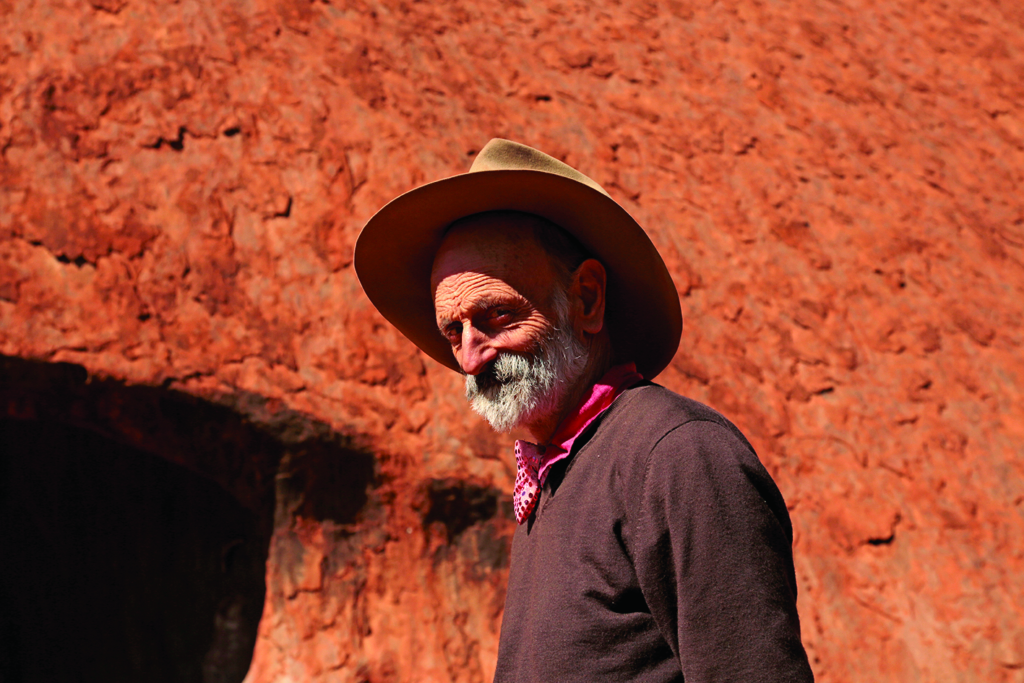
Jake’s uncertainty about what he is going through reflects the same doubt, glimpsed in moments throughout the film, that allows these narratives to escape the performance of certainty at the heart of masculinity. Happy Sad Man implies that it is masculinity (or, at least, a version of it) and its aversion to vulnerability that makes it hard for these men to talk about their feelings. However, the certainty produced in a mental-health narrative that centres men’s control over their own stories reflects a similarly masculine mode. The masculine archetype of ‘man who doesn’t talk about his feelings’ is replaced by ‘man who is confident to talk about his feelings’.
The idea that masculinity is a culturally and temporally produced set of features that creates a ‘masculine ideal’ that serves to legitimise men’s power is what sociologist RW Connell calls ‘hegemonic masculinity’. It is a model of masculinity that can account for multiple masculine archetypes, emphasising instead the notion that the key feature of masculinity is its hegemony, not its behavioural or aesthetic features.[10]RW Connell, ‘The Social Organization of Masculinity’, in Masculinities, 2nd edn, Polity Press, Cambridge, 2005 [1995], pp. 67–88. So the key question for masculinity and mental health is, then: is the new kind of masculine ideal presented in public-awareness campaigns – and, to some extent, in Happy Sad Man – enough to address this apparent crisis in men’s mental health? Perhaps, at the level of help-seeking behaviour. But, as we witness in Vincent’s struggle to cope with his father’s illness, it isn’t always enough. Simply talking about mental health cannot overcome the myriad obstacles caused by being mentally ill in the world, from material barriers like employment and housing to the reality that friends and family may struggle just to be around you.
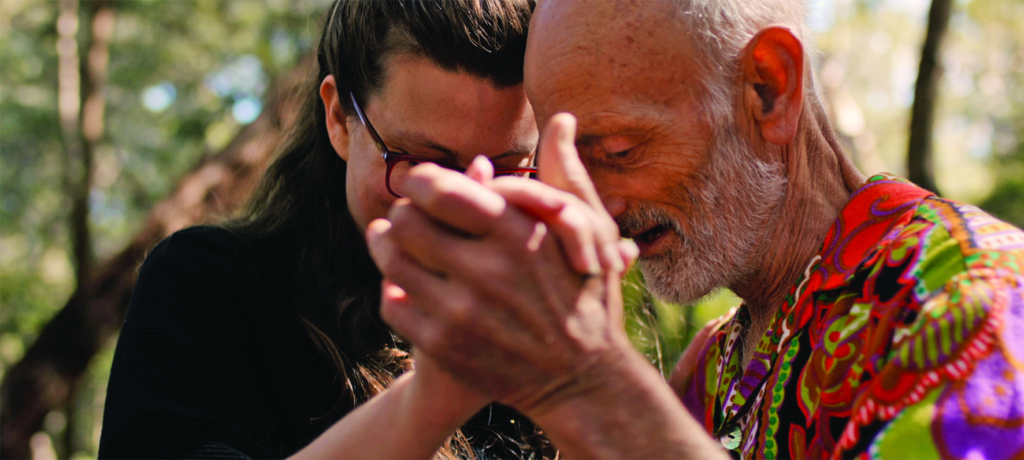
Although it is a film that focuses on the experiences of men, masculinity itself is rarely addressed directly in Happy Sad Man. One of the only moments the word is spoken involves David. Shortly after he is introduced – perhaps prompted; it isn’t clear – David says:
When I think about masculinity, I often think about a weight of having to be a particular way. I don’t know if it gives you the freedom to be yourself when you’re aiming to be masculine […] I find masculinity quite banal, really, and not very interesting to me.
Sometimes it seems as though the film feels the same way.
David emerges as an interesting figure, largely because his manner and experiences contrast so sharply with the rest of Happy Sad Man’s subjects. Three of the other four men experience periods of depression, and David is the only one who discusses his experiences of anxiety. He also presents as less stereotypically masculine than the others – in the way he dresses, his mannerisms – again distancing him from the narrative of masculinity and mental health that emerges throughout Bailey’s film.
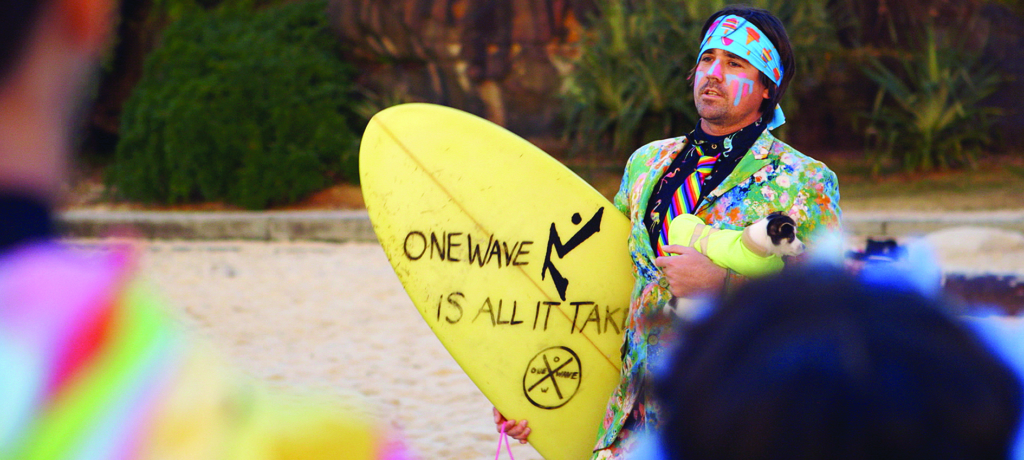
While David’s stated rejection of masculinity sets a tone for his story, his most compelling scene also documents him unexpectedly grappling with limitations. David has just appeared on a breakfast-television show to promote a new art installation he has created (by spruiking a ‘wet-dog smell’ perfume). He had been anxious beforehand, but the film shows him working through it admirably, meticulously preparing. That night, he is reviewing the footage alongside Bailey and his mother, happy with how it has gone, and is drawn into reading comments on the video online. While some are generically mean, the comments that most seem to affect David are those from well-meaning people who chastise the program’s hosts for mocking, even ‘bullying’, him during the segment.
Despite all of his preparation, despite performing well and even being happy with the footage, David’s confusion over his loss of control over how his work was perceived by viewers is another moment of truth, one that feels like it is scratching the surface of a more interesting picture of the interplay between masculinity and narratives of self.
Endnotes
| 1 | See ‘One Wave Fluro Fridays’, <https://www.onewaveisallittakes.com/fluro-friday-2>, accessed 7 February 2020. |
|---|---|
| 2 | Benjamin Riley, ‘We’ve Made So Much Progress Talking About Depression. Why Isn’t the Same True for Anxiety?’, Junkee, 16 December 2015, <https://junkee.com/weve-made-so-much-progress-talking-about-depression-why-isnt-the-same-true-for-anxiety/71012>, accessed 7 February 2020. |
| 3 | ibid.; see also Helen Razer, ‘Not So Nice: Razer on ABC’s Guileless Mental Health Week’, Daily Review, 5 October 2015, <https://dailyreview.com.au/not-so-nice-razer-on-abcs-guiless-mental-health-week/31063/>, accessed 7 February 2020. |
| 4 | Riley, ibid. |
| 5 | ibid. |
| 6 | Benjamin Riley, ‘Suicide Is More than Just a Tragedy’, Overland, 10 July 2019, <https://overland.org.au/2019/07/suicide-is-more-than-just-a-tragedy/>, accessed 7 February 2020. |
| 7 | See Stephen Lunn, ‘Mental Illness Costs $180bn, Study Reveals’, The Australian, 31 October 2019, <https://www.theaustralian.com.au/nation/politics/mental-illness-costs-180bn-study-reveals/news-story/9abb60573f3ff3c6db1dcd42df703020>, accessed 7 February 2020. |
| 8 | ‘Men’, in ‘Statistics’, Beyond Blue website, <https://www.beyondblue.org.au/media/statistics>, accessed 7 February 2020. |
| 9 | Australian Bureau of Statistics, ‘National Survey of Mental Health and Wellbeing: Summary of Results, 2007’, 23 October 2008, <https://www.abs.gov.au/AUSSTATS/[email protected]/Lookup/4326.0Main+Features32007>, accessed 7 February 2020. |
| 10 | RW Connell, ‘The Social Organization of Masculinity’, in Masculinities, 2nd edn, Polity Press, Cambridge, 2005 [1995], pp. 67–88. |
